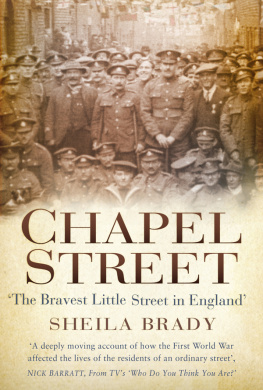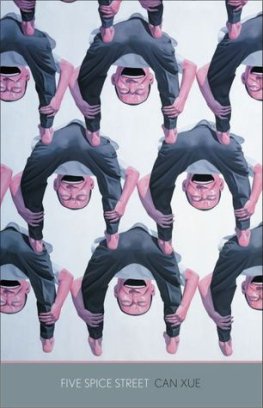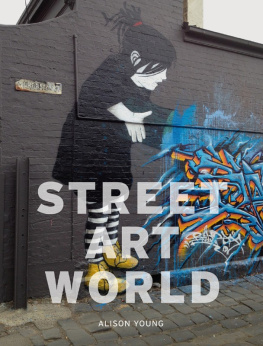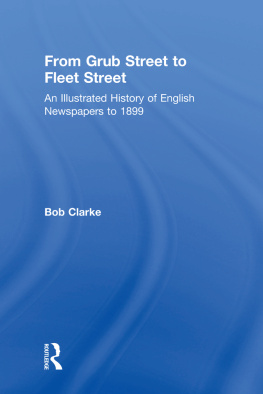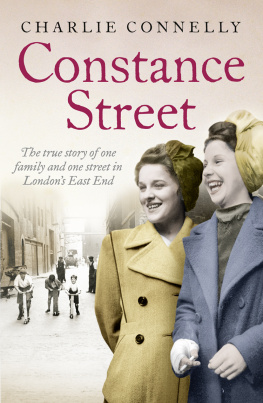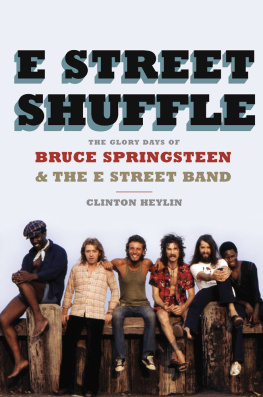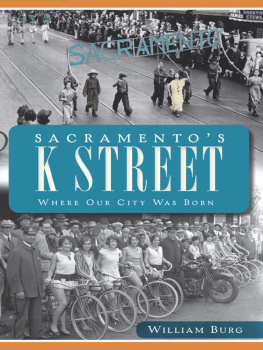CHAPEL
STREET
CHAPEL
STREET
The Bravest Little Street in England
SHEILA BRADY

Front cover: Courtesy of North West Film Archive at Manchester Metropolitan University.
Back cover: Courtesy of Geoffrey Crump.
First published 2017
The History Press
The Mill, Brimscombe Port
Stroud, Gloucestershire, GL5 2QG
www.thehistorypress.co.uk
Sheila Brady, 2017
The right of Sheila Brady to be identified as the Author of this work has been asserted in accordance with the Copyright, Designs and Patents Act 1988.
All rights reserved. No part of this book may be reprinted or reproduced or utilised in any form or by any electronic, mechanical or other means, now known or hereafter invented, including photocopying and recording, or in any information storage or retrieval system, without the permission in writing from the Publishers.
British Library Cataloguing in Publication Data.
A catalogue record for this book is available from the British Library.
ISBN 978 0 7509 863 35
Typesetting and origination by The History Press
eBook converted by Geethik Technologies
To Dad
Our dad gave us the familys verbal history of the First World War. It was a duty he took seriously. As children, he wanted us to have an understanding and to make it meaningful he took us to the towns, battlefields, cemeteries and memorials of Belgium and France.
We visited the memorials of the Menin Gate, for the last post sounded by the Belgian Fire Brigade; the imposing monument of Thiepval; Tyne Cot Cemetery, where we signed the visitors book and read the gravestones, and were informed of the work of the Commonwealth Graves Commission; and to Passchendaele, where he explained about Hill 60 and the Canadians sacrifice; we saw Ypres, Mons, Loos, Lens, Lille, Arras, Nancy, Verdun, Reims, and we followed the River Marne to Paris.
It was his legacy.
About the Author
SHEILA BRADY is a former local town councillor who has a degree in Education Studies. She formed a friendship with the author Dick King-Smith after finding out that her great-uncle was awarded the Military Medal for carrying King-Smiths father through no mans land in the First World War.
Contents
Acknowledgements
I am indebted to the publishers The History Press and especially Nicola Guy, without whose interest in the manuscript and belief in the project, this book and its contribution to the worthy cause of the charity Walking With The Wounded would not have happened.
I am grateful for the kindness of Dr Nick Barratt who, when he heard about the book, instantly offered his help and support.
It is with gratitude and esteem that I thank the Chester Military Museums Andy Manktelow; Geoff Crump, who made me very welcome and offered all his resources, knowledge and expertise and with whom I spent privileged time; and Bill Preece, who showed me how to use the IRCS site and who found Martin DeCourcy, who was a prisoner of war, and James Ratchfords heroic exploits; and Caroline as custodian of Peter Hennerleys trove.
I wish to acknowledge Mr Paul Nixons site Ask the Expert, which I came across by chance and found an account of Private Vincent Maguire, and on further researching of records I realised that the name on the Chapel Street Roll of Honour was incorrectly recorded as McGuire. This led to a search for the DCM citation to ascertain the act of gallantry he was rewarded for. I also wish to make reference to Chris Bakers Long, Long Trail site with its detailed information of the Royal Field Artillery Brigades and batteries. From here, I found the account of the German sinking of the British transport ship Kingstonian, which Vincent Maguire experienced and which enabled a search for the relevant dates and finding the written accounts of the event in the war diaries.
I would like to thank Jon Harrison from Cavendish Press for his offer of help. I especially would like to acknowledge the time and expertise of Will McTaggart, of the North West Film Archives, who was very helpful in facilitating the stills for the book cover and with accessing the Chapel Street Victory Parade film. A special mention is accorded to Wigan Local Studies, whose auspices are a model of local authority professionalism. I am obliged to Andy Burnham MP, the Lord Mayor of Greater Manchester, who offered assistance when he heard about the book and with the Walking With The Wounded fundraising efforts for servicemen.
Special gratitude is due to Tim Mole of the Salonika Society, who went out of his way to furnish me with the official Courts of Enquiry findings. Thank you to all the people who have helped in many different ways, they share in the success of the book.
Thank you to my friend Zainab Bhatti, who kept me going through the long, hard days and nights and whose encouragement and constancy is equal to none.
Special recognition and gratitude is due to my son Christian, for the original idea for the book and for its compilation, and whose support at every stage has been hugely invaluable,
If I have missed anyone from the acknowledgements or have made an error in research, please accept my apologies.
Preface
One day, many years ago, my father showed me a local newspaper article about the Norton family of Chapel Street, Altrincham. As he passed it to me he acknowledged it with the words, Uncle Jimmy lived on Chapel Street. I read the article, which was about a family with several sons who had fought in the First World War. Up until then I had not heard of the street, and did not know until some years after this of its part in the Great War.
However, I was intrigued to try and piece together Uncle Jimmys military story. My father wrote down all the detail he could recall. We knew that Uncle Jimmy was awarded the Military Medal for saving an officers life, so I wrote to the Chester Military Museums Honorary Researcher and gave over the information we had. The researcher was Geoff, whom I met many years later whilst doing the research for this book. He sent me an account of a raid in Salonika along with detail, and a prisoner of war list.
It transpired that the officer whose life was saved was Ronald King-Smith. Acting on speculation, I wrote to Dick King-Smith, the highly popular childrens author responsible for The Sheep-Pig, the film version of which had just been released by Walt Disney as Babe. He confirmed that Ronald King-Smith was his father. After the war Ronald married, and Dick, an only child, was born. The year was now 1998, and for many years Dick and I enjoyed a warm correspondence, and he would send copies of his new books for my son Christian. One year, he sent a homemade Christmas card with a hand-drawn postage stamp on yellow paper, which I was overwhelmed to receive. It was a family tree of himself and his wife Myrle (who had just passed away), and his children, grandchildren and great-grandchildren, all drawn as matchstick characters. He was very proud of his family, and it was amazing to think that it was due to Uncle Jimmys heroic action that they were all born.
Some ten years later, I read that a blue plaque had been erected to the men of Chapel Street. Further enquires put me in touch with Mr Hennerley, who had been responsible for the commemorative plaque. We spent many hours chatting and laughing on the phone and he shared his reminiscences, including the fact that he knew of Uncle Jimmy. Peter Hennerley came from a military family background and close family members, including his grandfather, had lived on the street. He felt that the surface of the soldiers wartime experiences had only been scratched. He had also discovered the fact that the council had an obligation to keep the Roll of Honour in a state of good repair, in memory of the soldiers who had volunteered; an obligation which, up until that time, had not been honoured. Sadly, he passed away, and a booklet with his collection of memorabilia, recollections and history of Chapel Street was published in his memory, with the proceeds going to the local regimental benevolent fund.
Next page
